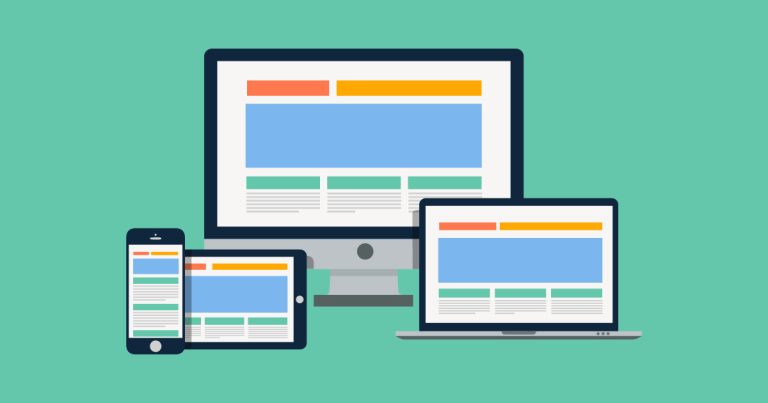
Mastering Flexbox: 10 Best Practices in CSS for Optimal Layouts
CSS Flexbox has revolutionized the way we create flexible and responsive layouts on the web. With its intuitive and powerful features, Flexbox allows developers to create complex designs with ease. However, harnessing the full potential of Flexbox requires a solid understanding of its best practices. In this article, we’ll explore ten best practices for working with Flexbox to create efficient, maintainable, and visually stunning layouts.
1 – Understand the Box Model
Before diving into Flexbox, it’s crucial to have a solid grasp of the CSS Box Model. Understanding how content, padding, borders, and margins affect the layout is fundamental to leveraging Flexbox effectively.
2 – Use Flex Containers and Items Wisely
A Flex container is an element that sets the context for Flexbox. Use it sparingly and only when necessary. It’s essential to use Flex containers for the right reasons and not simply for styling purposes. Similarly, ensure that you use Flex items (elements within a Flex container) judiciously, as overusing them may lead to unnecessary complexities.
3 – Choose Between ‘flex’ and ‘inline-flex’
Flex containers can be created using the display property with the values ‘flex’ and ‘inline-flex’. The former creates a block-level container, while the latter creates an inline-level container. Use ‘flex’ when you need a full-width container, and ‘inline-flex’ when you want the container to occupy only the space it needs.
4 – Utilize Flex Direction
The flex-direction property defines the main axis along which Flex items will be laid out. The default value is ‘row’, which arranges items horizontally. However, you can also use ‘column’ to stack items vertically or ‘row-reverse’ and ‘column-reverse’ for reverse layouts.
5 – Handle Flex Wrapping
By default, Flex items are displayed in a single line. However, when the container’s width is insufficient, Flex items will overflow. To control this behavior, use the flex-wrap property. Setting it to ‘wrap’ allows Flex items to wrap onto multiple lines as needed.
6 – Distribute Space Evenly
To evenly distribute Flex items along the main axis, use the justify-content property. Options like ‘flex-start’, ‘flex-end’, ‘center’, ‘space-between’, and ‘space-around’ can help achieve various alignment needs. Additionally, the align-items property handles the alignment along the cross-axis.
7 – Use Flex Grow and Shrink
The flex-grow property defines how much an item can grow concerning the available space. By default, it’s set to 0, meaning items won’t grow. Adjust the value to allow items to grow proportionally based on their flex grow values. Similarly, the flex-shrink property controls how items shrink when the container is too small.
8 – Optimize for Responsiveness
Flexbox’s flexibility shines when creating responsive designs. Instead of using fixed-width values, prefer relative units like percentages, em, or rem. This approach ensures that your layout adapts well to different screen sizes and devices.
9 – Combine Flexbox with Other Layout Techniques
While Flexbox is excellent for arranging items along one axis, it might not be the best solution for all layout challenges. In complex layouts, consider combining Flexbox with other CSS techniques like Grid or Floats to achieve your desired design.
10 – Use Flexbox Debugging Tools
During development, utilize browser developer tools to inspect and debug your Flexbox layouts. Tools like the Flexbox Inspector in Chrome can help visualize the Flexbox structure, making it easier to identify and fix layout issues.
CSS Flexbox is a powerful tool that empowers developers to create flexible and responsive layouts efficiently. By following these ten best practices, you can harness the full potential of Flexbox and achieve visually stunning and user-friendly designs. Always strive for clean and maintainable code, and remember to embrace other CSS layout techniques when necessary. With these practices in your toolkit, you’ll be well on your way to mastering Flexbox and creating impressive web layouts.